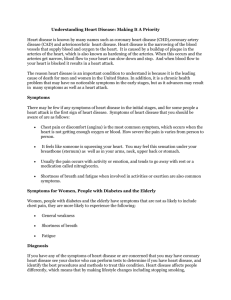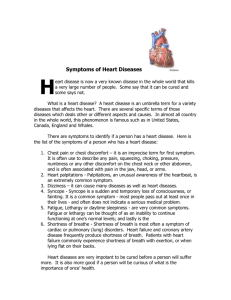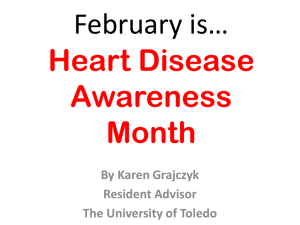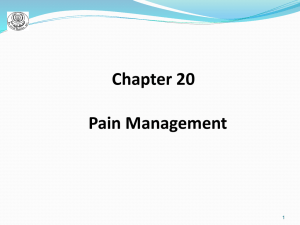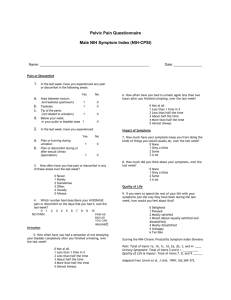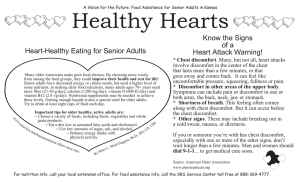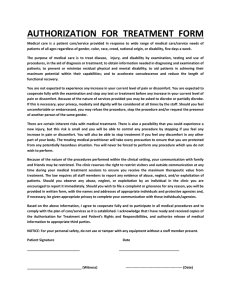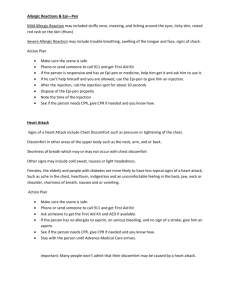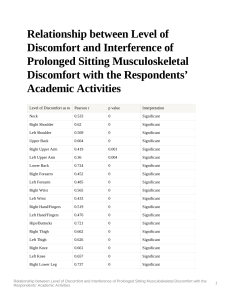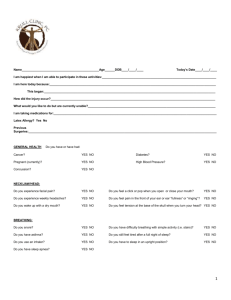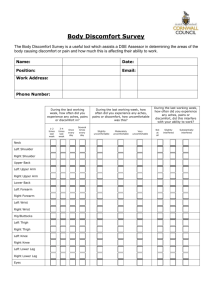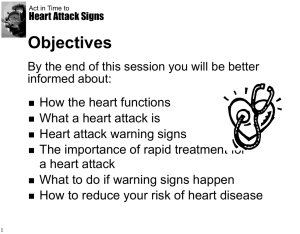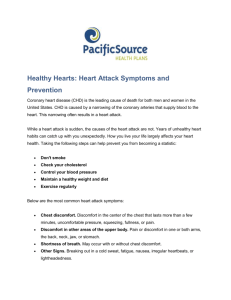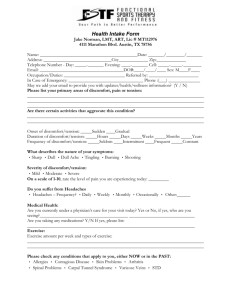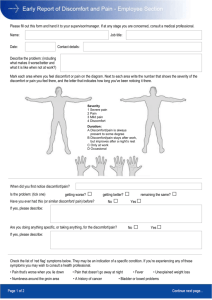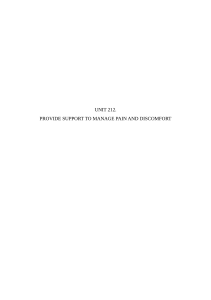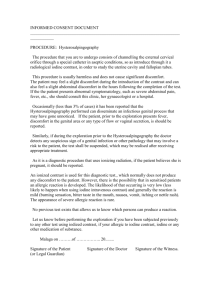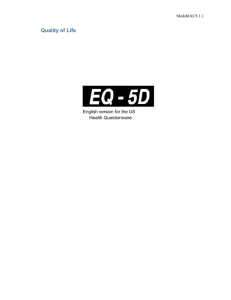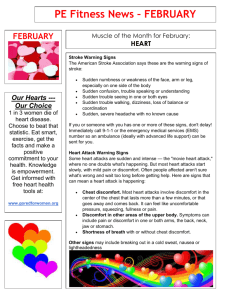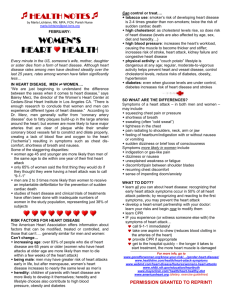HeartSafe Brochure
advertisement
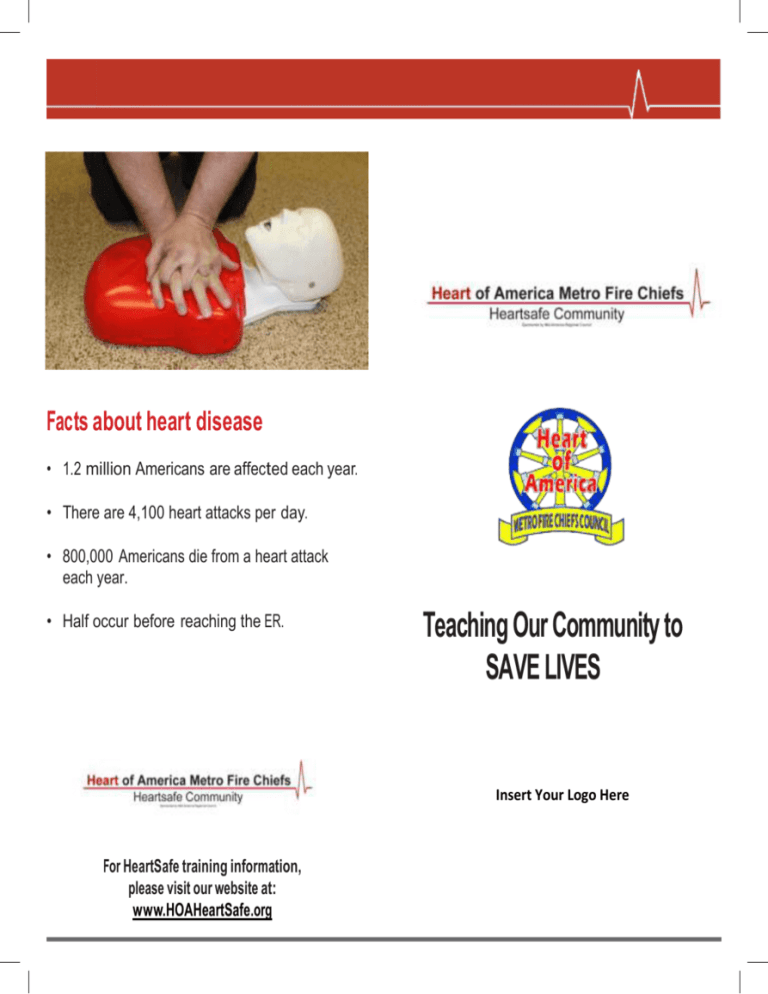
Facts about heart disease • 1.2 million Americans are affected each year. • There are 4,100 heart attacks per day. • 800,000 Americans die from a heart attack each year. • Half occur before reaching the ER. Teaching Our Community to SAVE LIVES Insert Your Logo Here For HeartSafe training information, please visit our website at: www.HOAHeartSafe.org What is HeartSafe? HeartSafe is a public health initiative to increase the chance of survival for those who experience sudden, out-of-hospital cardiac arrest or heart attack. When the heart suddenly stops, survival depends upon immediate lifesaving interventions. HeartSafe aims to improve the odds of survival by training residents to: • Check for response • • Chest discomfort or pressure Discomfort in other areas of the upper body, including pain or discomfort in one or both arms, the back, neck, jay or stomach • Shortness of breath, which may occur with or without chest discomfort • Cold sweat, nausea/vomiting and lightheadedness Warning signs for women may be different. Women are more likely to experience: • Shortness of breath • Nausea/Vomiting • Fatigue • Back or jaw pain • Call 911 • Administer hands-only CPR Compress 100 times a minute If you or someone you’re with is experiencing any of These symptoms, call 911. Delay can be deadly. Heart attack victims THREE STEPS TO SAVE A LIFE: • M a y n o t realize they are having a heart attack • May confuse the symptoms with other conditions or diseases • May not think symptoms are “bad enough” • May ignore the symptoms, taking a wait-and-see approach Denial is common, Don’t accept “indigestion as an excuse. Reduce your own heart attack risk If available, use an automated external defibrillator (AED). Warning signs and symptoms Some heart attacks are sudden and intense. Yet symptoms can often seem unclear at first and then slowly increase. The following are some signs that can mean a heart attack is happening. Stop a heart attack before it can occur. Visit your healthcare provider for a heart health assessment to determine if you are at risk. Take steps to improve your odds. • If you smoke, quit. • Lower your blood pressure. • Lower your stress. • Control your diabetes. • Aim for a healthy weight. • Limit alcohol. • Be physically active • Lower blood every day. cholesterol.
